Many Teachers are Reluctant to Teach Science
Many classroom teachers hesitate to teach science or don’t teach it at all. This is due to two things. First, elementary teachers are encouraged to place a lot of emphasis on reading, writing, and math. Second, very few elementary teachers have college training about how to teach science. Professional development in science is limited, as well. What is one answer to this? Connect literacy to science!
Use Trade Books to Incorporate Science into Literacy
Classroom teachers are very familiar with trade books. Therefore, the easiest way to introduce science is to use science trade books. After all, balanced literacy requirements state that 50% of the texts students read should be non-fiction! Thus, using science trade books will help teachers meet this goal. This maximizes teaching time too. Read Alouds are a perfect way to engage students in discussions about science topics. Introducing text features such as pictures with captions, labeled diagrams, charts, and glossaries can be done with ease. There are hundreds of great science trade books! In addition, each year the National Science Teachers Association publishes a list of outstanding science books for children. You can check out the lists here.
Reading Passages and Articles
Teachers can use science reading passages. There are many places to find some great ones! For primary students, A – Z Science is a useful resource. A – Z Science requires a subscription. However, it offers differentiated texts. This makes it possible for all students to grasp science concepts. Books can be downloaded and printed, or read on devices. These texts cover life, physical, and earth sciences. Additionally, A- Z Science suggests science experiments and activities. Furthermore, A to Z learning offers a two-week free trial.
When I was teaching, I found that some science topics lacked student-friendly readings. For this reason, I created passages with second to fourth graders in mind. Included with each set of passages is a graphic organizer. These organizers keep the students actively engaged and make sure they get key concepts. Check out our individual reading resources. We also offer two money-saving bundles!
For middle school and high school teachers who want to incorporate science with literacy, the site Science News for Students has many articles. The texts range from current events to those that address specific Next Generation Science Standards. Reading levels are included. In fact, there are questions and vocabulary activities with many of them. The pieces can be printed or read online. Again, there are suggestions for science experiments.
Other Reasons to Integrate Literacy and Science
Science books and reading passages spark curiosity. When reading, students will naturally ask questions about science topics. Therefore, these texts are highly engaging. This motivates many reluctant readers. Science texts are rich in vocabulary. This vocabulary can help them out in everyday life. Besides that, science passages address real-world problems. Students can relate to these.
Six Basic Science Process Skills and the The “Super Six” Literacy Strategies Overlap
The Six Basic Science Process Skills (American Advancement of Science):
1. Observing (using the 5 senses)
2. Classifying (noting similarities and differences)
3. Measuring (collecting, comparing, and interpreting data)
4. Communication (sharing experiences in their own words – summarizing)
5. Inferring (to make an educated guess based on evidence)
6. Predicting (What will happen?)
The “Super Six” Literacy Strategies:
1. Making connections (connecting to what they know, noting similarities and differences)
2. Predicting (What will happen?)
3. Questioning (scientists question everything)
4. Monitoring (Does it make sense? Scientists always ask themselves this.)
5. Visualizing (Scientists need to make clear visuals if their work.)
6. Summarizing (communicating, explaining in their own words)
Science Gives a Purpose for Writing
Scientists write to record observations, show their thinking, share results, and present ideas. In the classroom, students can do the same thing. Most students find science exciting. Thus, writing is meaningful to them. Scientists write to share ideas. Therefore, students doing scientific writing must think critically before writing. They need to know that what they put down on paper will be clear to those that read it. Writing for science is often done in science journals, in poster form, or as a report. Scientific writing is often shorter than other types of writing. The sentence structure is usually more straightforward. Writing simpler sentences appeals to many students that might be reluctant to complete different kinds of writing.
Let’s Get Started!
Get started incorporating more science into your daily routine. Pick out some science trade books, or check out some science reading articles!
Maybe once you’ve taken the first step, you’ll find it easier to incorporate some hands-on science activities!
In the meantime, here is a freebie to help you on your way!
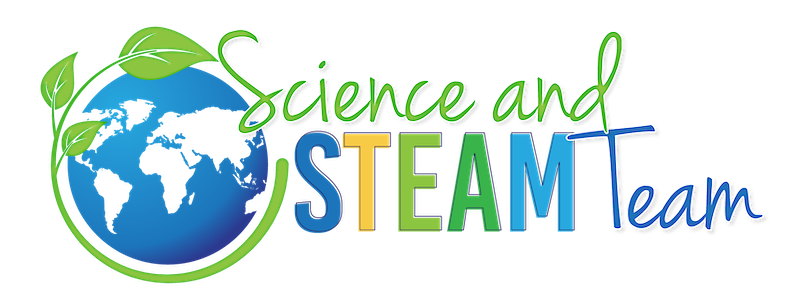
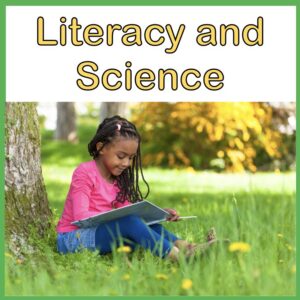
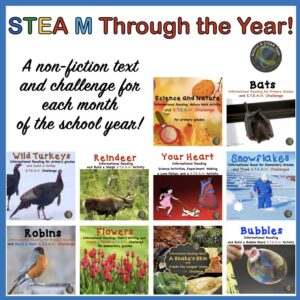
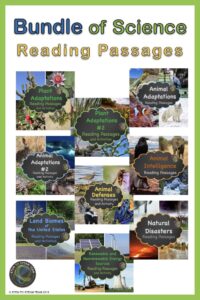
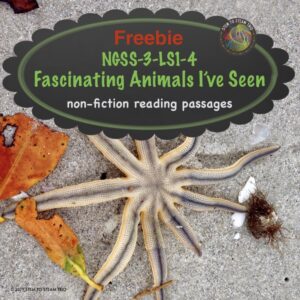
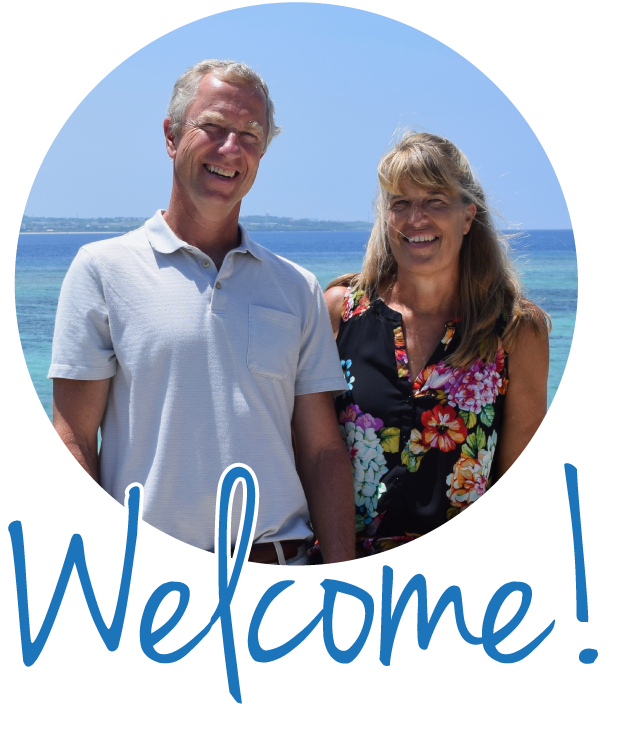
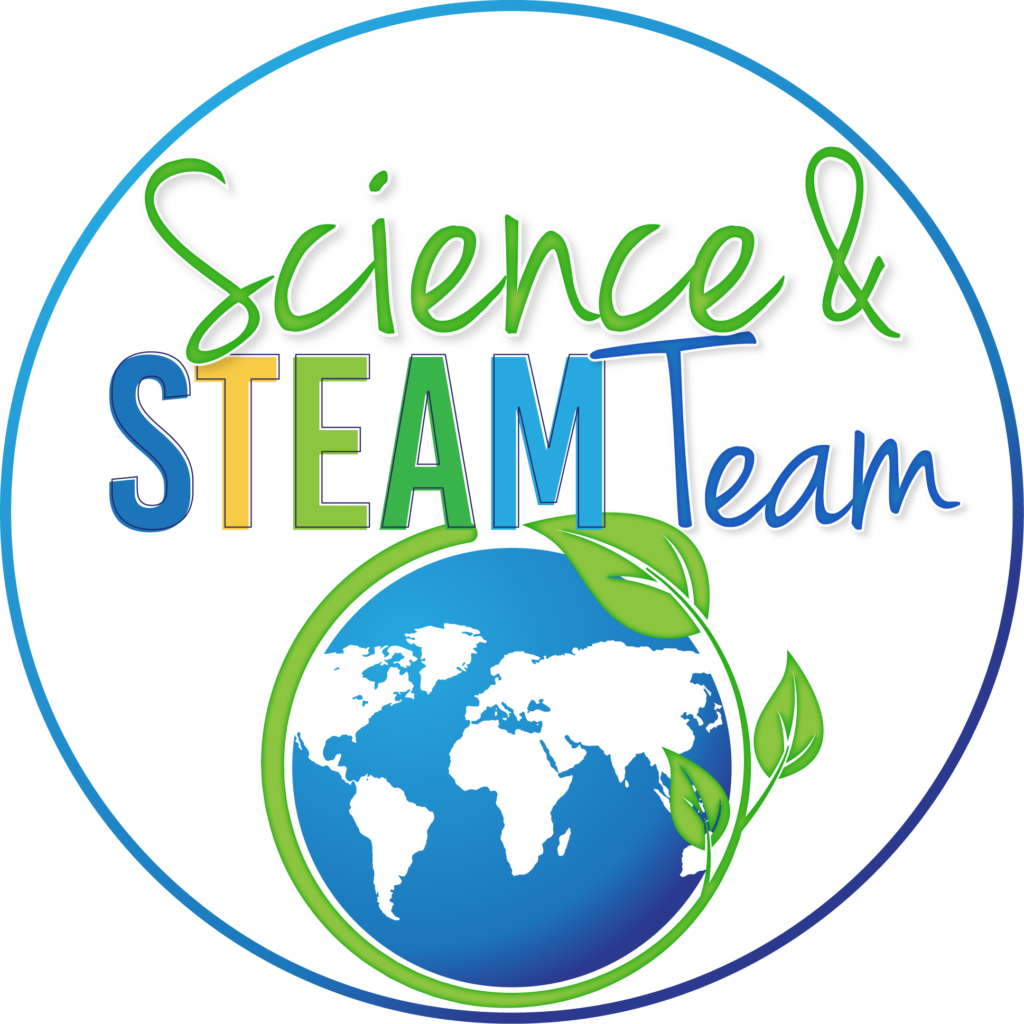
One Comment